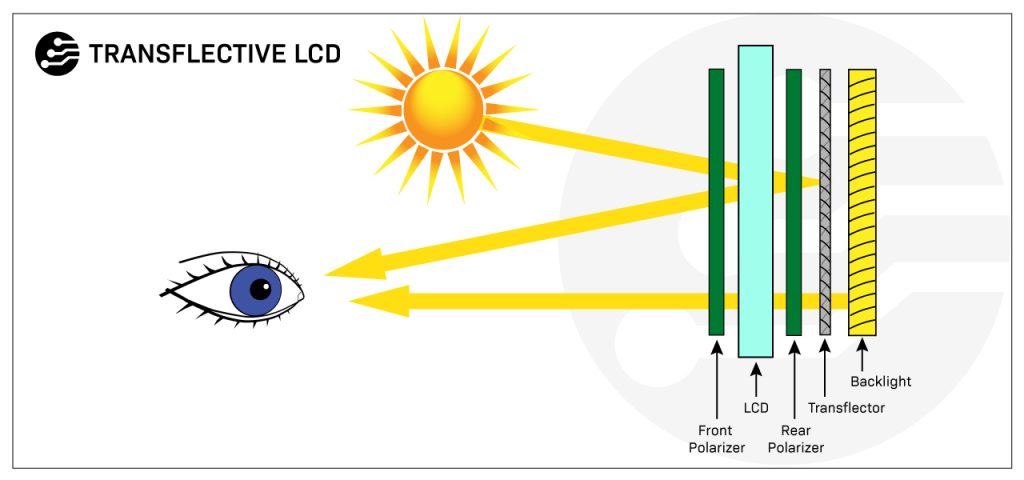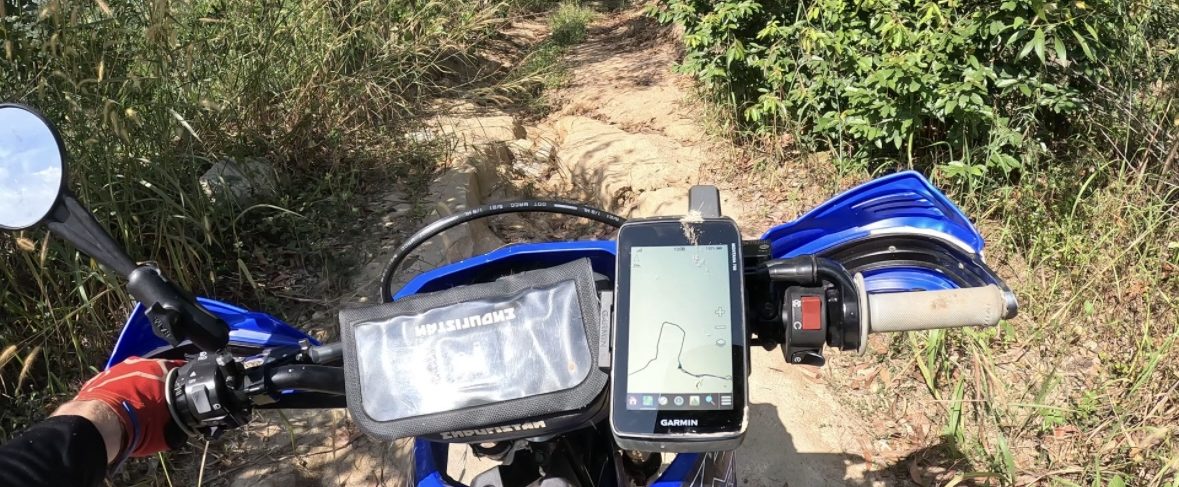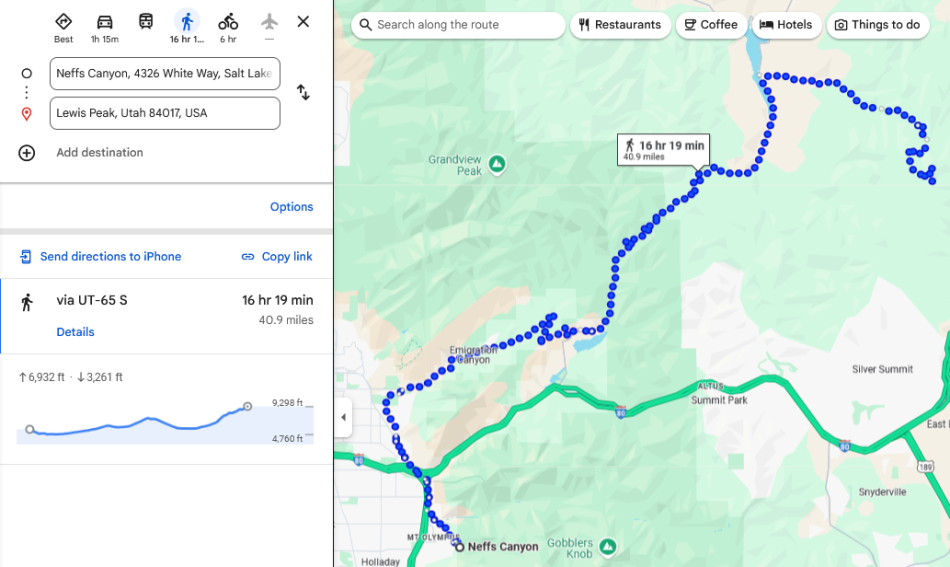Today’s smartphones are exactly what they supposed to be – smart, they have lots of functions, their customizability is almost endless and they can do almost anything what a dedicated navigation system can do. So why should you bother and spend extra money on such a device when you already own one of those multi-talents. Are there reasons why these devices should exist, or are they outdated and obsolete in the modern world of smartphones? In this post we are having a closer look into areas where a dedicated GPS navigation device such as the Garmin Montana 700 shines and if adding one of those to your gear list might be a good idea as a serious adventure rider.
Related: Check out our Comprehensive Guide on Off-Road Motorcycle Navigation where we cover all topics from planning to execution.
Table of Contents
Durability
Adventure riding can be rough. It takes us to dusty, rocky and wet environments. While most modern smartphones, such as the Apple iPhone 16, are stated to be dust- and waterproof and come with a IP68 rating, which imply the highest rating of dust proofness and allows the device to be submerged for up to 3 meters. Can a dedicated GPS device top that? According to Garmin the Montana 700 comes with a certified rating of MIL-STD-810, which according to Wikipedia ensures that the device can endure extreme environmental stress factors, such as temperatures, shock, vibration and humidity. These are all factors that are not directly considered for the average smartphone user. But, depending on the climate and area we ride, we come across quite a few of those factors. This category clearly goes to the GPS device, and the smartphone should stay in the pocket where it might be better protected.
Readability
When navigating trails it is essential to be able to view the tracks on our device and be able to follow them. Under certain conditions this can be difficult, for example in very bright day light. This is where different display technologies come with different advantages. The Apple iPhone 16 comes with a very advanced AMOLED display, that can show vibrant colors, high contrast and come with a peak brightness of up to 2,000 nits. This might make watching videos very enjoyable, but is it actually that useful when we ride under the 12PM sun in the desert on white sand? In these extreme conditions displays that are using transflective liquid-crystal technologies outperfom the modern fancy screens by ease. Garmin uses these displays on their popular outdoor watches as well as on the Montana line. These displays basically do not require backlight in bright conditions and are as readable as a piece of paper. In low-light conditions, the backlight can be turned on, providing sufficient light to view the screen. Another point for the dedicated GPS device!

Operability
Another highlight of most GPS devices is that the touchscreen can be used even in rainy conditions and even with our gloves on, where most smartphones fail. Another problem arises when it starts to rain. The water on the screen might be misinterpreted by the device and leads to random clicks or movements on the touchscreen. On the Garmin, this can be prevented by either locking the screen or modifying the touchscreen sensitivity so the water drops are no longer an issue. Another issue with our phones are the charging options, most smartphones can be only charged through the USB port, which can damage the port and plug when used while riding due to vibrations. When wet, most phones have a safety mechanism and stop charging. A dedicated GPS comes with a mounting option, such as the AMPS powered mount for the Garmin Montana series, that provides consistent power supply and charges the device in any condition.
Simplicity
Finally, smartphones outperform with features, customizability, advances software options, but do we actually need and use those when riding through remote jungles and river beds? What we need our GPS device to do is preventing us from getting lost. This is simply done by showing us where we are going, providing simple operations such as showing a map, tracks and waypoints and allowing us to zoom in and out while tracking or recording the path we have travelled in the background. By limiting the amount of features and therefore distractions on our rides, we can focus on what matters – riding!
Conclusion
No doubt, our phones can do a lot these days, but the above points prove that it might not be the best choice for the setting of adventure riding, simply because these devices are not designed to be used in that way. However, for some people a smartphone might do just well, for example when you are riding a lot of tarmac between trails and want to use google maps with live traffic data, or you want to use a multimedia system such as the Cardo intercom and want to have the controls at your fingertips. In those cases, a phone could be the perfect choice, and coupled with a good mounting system like the Quad Lock there are excellent options out there as well. Let me know in the comments whether you are using a phone or a dedicated GPS on your rides and why.
Like our content? Sign up for our newsletter to not miss future updates!





2 Comments